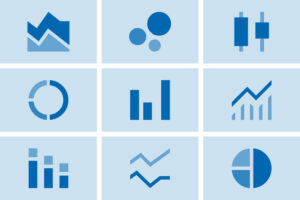Addressing the Costs and Quality Of Healthcare
Oct 17, 2011
No segment of America’s economy is a greater threat to long-term prosperity than our health care system. To further efforts to reduce the costs and improve the quality of health care in this country, PGPF has provided grant money to the Institute of Medicine, the health arm of the National Academy of Science.
IOM is an independent, nonprofit organization that provides unbiased and authoritative advice to decision makers and the public. With PGPF funding, IOM hosted a series of meetings between experts from across the sector with three critical aims: identifying the elements of health care that provide the most value; reducing waste and inefficiency in the health care system; and delivering care that is proven to work. These meetings led to the publication of The Healthcare Imperative: Lowering Costs and Improving Outcomes, which presents their findings and discusses steps necessary to lower the nation’s health care expenses by 10% over time while improving quality. A summary of the report linked here highlights a number of key opportunities and cost reduction strategies identified during the discussions that are currently available to many healthcare providers.
Further Reading
Lifting the Debt Ceiling Has Been Paired with Budget Reform in the Past
Earlier this year, the United States once again hit its debt ceiling, which is currently capped at $31.4 trillion.
U.S. Healthcare System Ranks Seventh Worldwide — Innovative but Fiscally Unsustainable
Spending on healthcare in the United States has far outpaced other major healthcare systems without yielding better outcomes.
Chart Pack: Healthcare
These charts illustrate the growth in U.S. healthcare spending and how it affects the federal budget.


